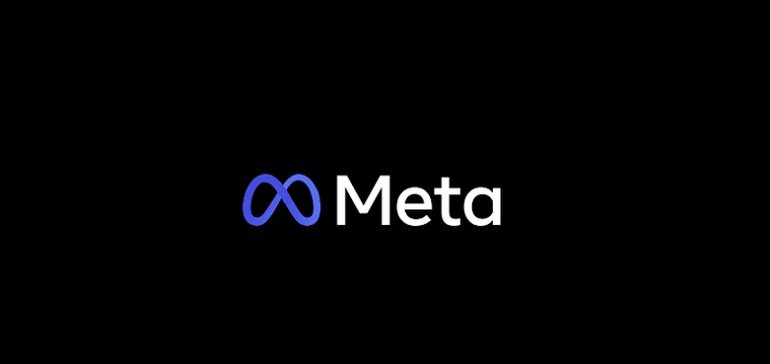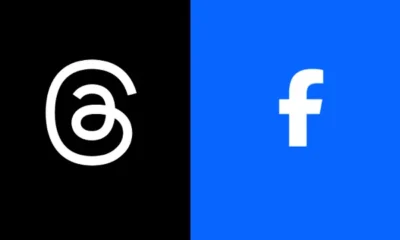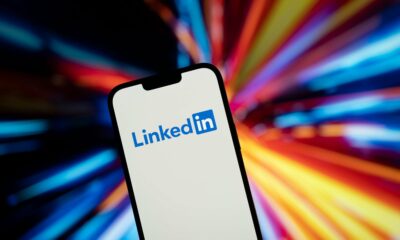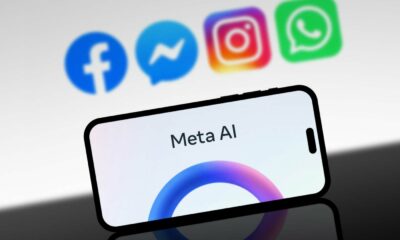SOCIAL
Meta Plans to Establish an NFT Marketplace, Expanding Beyond Profile Pictures

If it’s happening on social media, Meta wants to own it, so it comes as no surprise that the company is currently working on ways to tap into the popularity of NFTs. But Meta actually envisions a bigger future for digital goods, beyond cartoonish profile pictures, which will eventually expand the core functionality of the NFT transaction process to facilitate the transfer of various kinds of digital goods within its planned metaverse.
Sorry, I should say the metaverse, as Meta is keen to underline that it won’t own it, as such (antitrust lawyers take note).
As reported by The Financial Times:
“Teams at Facebook and Instagram are readying a feature that will allow users to display their NFTs on their social media profiles, as well as working on a prototype to help users create – or mint – the collectible tokens, according to several people familiar with the matter. Two of the people said that Meta has also discussed launching a marketplace for users to buy and sell NFTs.”
The first element noted here is already in progress – last June, we reported on Instagram’s initial test of a new ‘Collectibles’ option which would facilitate the display of NFTs in the app (as discovered by app researcher Alessandro Paluzzi).
That test also pointed to facilitating the sale of NFTs in the app, with a process for bidding and buying NFT images.
The latest element in this process includes attaching a digital wallet to your account, much like you would on OpenSea or other NFT transaction platforms, so the experiment seems fairly well advanced in this respect.
That likely points to Instagram making a move on this soon, and where Instagram goes, Facebook tends to follow, so that part is no real revelation versus what we already know.
But what is interesting is how this process could be built into Meta’s broader metaverse plans, and the sale of digital goods, beyond just profile pictures (PFPs). Because really, that’s just the starting point, and there’ll likely be far more value in buying other digital products and services in the next stage of connection.
Which is where much of the confusion about the current state of NFTs lies. Yes, there is major potential in the purchase and ownership of digital goods, as we’ve seen in various game worlds, where users can buy add-on features like skins, weapons, abilities, etc. For many young consumers, this is already second nature – but while much of the value in these items is aesthetic, providing an opportunity to ‘flex’ your latest purchase in each app, there is also a practical value and usage, which is different to PFP projects, the main focal point for current Web3 early adopters and those keen to be at the forefront of the next digital shift.
Overall, PFPs don’t provide much value, and likely won’t remain a key focus for digital ownership. Many of these projects hilariously claim to be ‘metaverse ready’, which is not possible, because not even the metaverse is metaverse ready at this stage, with the schemas and parameters yet to be established that would enable cross-platform transfers and usage of digital goods in the broader space.
Some PFP projects are working to build out broader community benefits and usage options for owners, which will extend the value beyond their images alone. But really, the true value of NFTs will come in other digital goods and items, which looks to be the true focus of Meta’s NFT push.
Indeed, back in October, Meta’s CEO Mark Zuckerberg noted that NFTs could eventually be used to support a new market for digital goods in the metaverse, not just profile images, while Meta’s Head of Metaverse Products Vishal Shah has also noted that the underlying NFT transaction process will eventually make it easier to sell digital products in its apps.
In this sense, PFPs are only the beginning of what could be possible with digital items more broadly, and with Meta also continuing to work on its own cryptocurrency , it does seem likely that, eventually, it will be able to facilitate broader digital transactions through the NFT process.
But those NFTs won’t be limited to PFP images, which is the main criticism of the current NFT market. Why would you pay to own an image that you can view for free? Why would you pay to only own the receipt of a digital image, and not the full copyright and commercial re-use rights (for most projects)?
Legally, there are still some issues to be worked out in this respect, but if you view NFTs as a gateway, of sorts, to broader transactions of all kinds of digital goods, from avatar clothing to skins, to in-game weapons, items, spells, etc. When you consider that NFTs don’t have to just be images of smiling monkeys and cats, you can start to see the broader potential of NFTs as real value items, especially as we increasingly spend more and more time in these digital environments.
Essentially, early NFT adopters are indeed early, and many are putting far too much stock in PFPs, and getting ripped off as a result. But the broader view is that these digital items will have more use and expanded application in the next stage.
Which is why Meta is looking to move in, and build more tools to capitalize on this initial interest. So while you may view those NFT bros as being a little overzealous, and overexcited about buying JPGs, consider that there will be more to the scope of NFTs in future.
That doesn’t mean that you should care about what image you use for your profile picture, or that you should be looking to buy up a ‘VeeFriends’ NFT drawing (please don’t). But those images are just the start of a new online marketplace.

















You must be logged in to post a comment Login